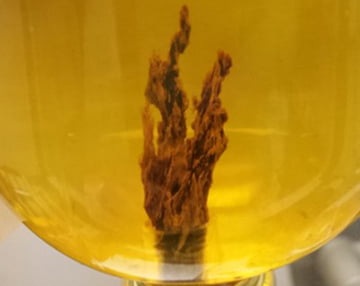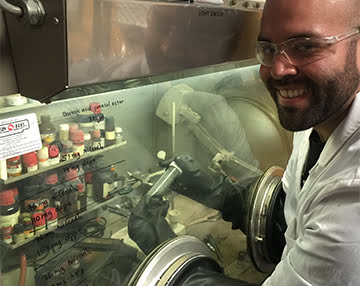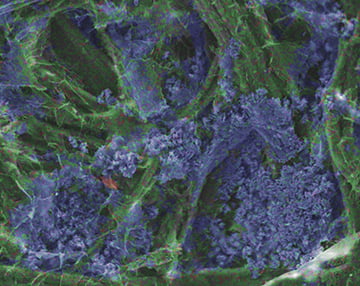


In collaboration with Dr. Laurie Barge at the Jet Propulsion Laboratory, Oak Crest is investigating prebiotic chemical systems that may be relevant to the emergence of life on Earth as well as possible clues for life on icy world, as summarized below.
- Life’s emergence on Earth may have been promoted by electrochemical gradients across hydrothermal vent chimneys. The chemical and physical disequilibrium that exists at the interface of these systems opens a wide range of research questions that are being investigated as part of the collaboration. One exemplary project involves the chemistry of double layer hydroxides (DLHs) in relevant inorganic (e.g., the nitrogen cycle) and organic (e.g., the synthesis of amino acids) systems.
- Oxidized phosphorous cycling at hydrothermal vents could form a means of generating energy currency to drive abiotic metabolism. A mechanism to produce a pyrophosphate bond as energy currency in prebiotic systems is one of the most important considerations for origin of life research. We are testing the hypothesis that inorganic pyrophosphate could be synthesized in inorganic precipitates simulating hydrothermal chimney structures transected by thermal and/or ionic gradients.
- Prebiotic geo-electrochemical systems can be modeled as a fuel cell and we are investigating how laboratory simulations of the origin of life in general can benefit from this systems-led approach. The components of what we have termed the “prebiotic fuel cell” (PFC) that operates at a putative Hadean hydrothermal vent is a specific example. We are using electrochemical analysis techniques and proton exchange membrane fuel cell components to test the properties of this PFC and other geo-electrochemical systems.
